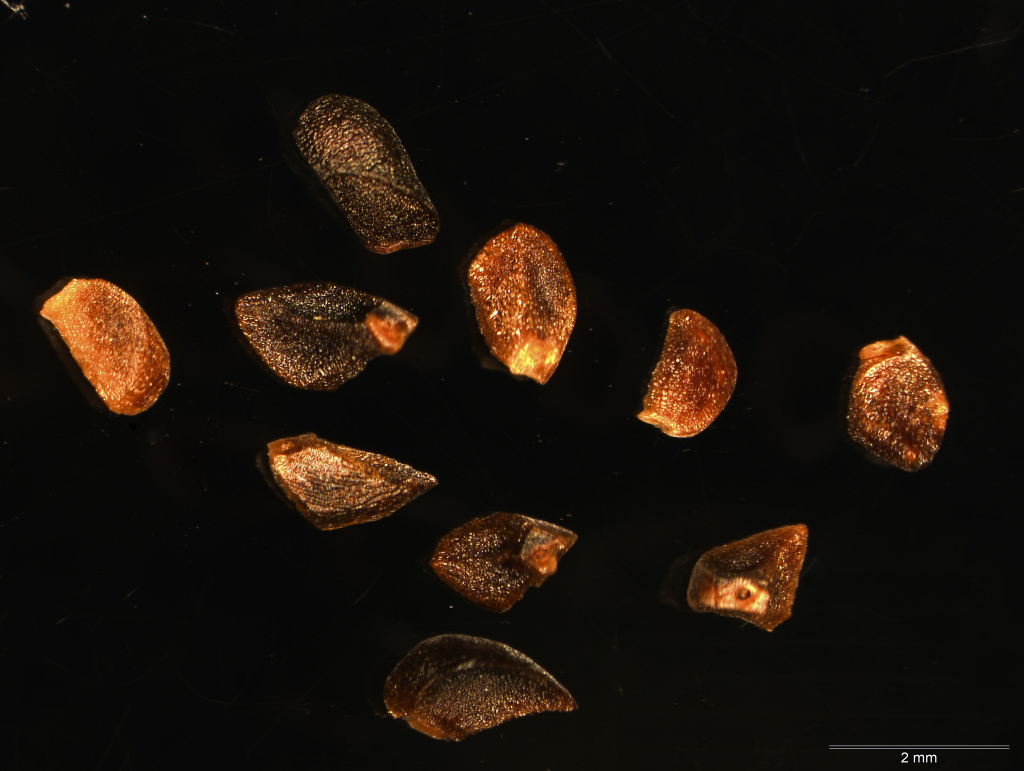Eucalyptus agglomerata
Maiden Blue-leaved StringybarkTree to 40 m tall; bark rough to the small branches, stringy, pale grey over brown. Juvenile leaves petiolate, opposite and discolorous for few pairs then alternate, ovate, undulate, initially scabrous above and below but soon smooth above and scabrous only on margins and midrib, later leaves glabrous, to 15 cm long, 6 cm wide, glossy, green; adult leaves petiolate, broadly lanceolate to lanceolate, oblique, 7.5–11.5 cm long, 1.4–3 cm wide, concolorous, glossy, blue-green; reticulation sparse, with numerous island oil glands. Inflorescences axillary, unbranched; peduncles to 1.3 cm long, 11 (or more)-flowered; buds sessile, fusiform, to 0.8 cm long, 0.3 cm diam., no scar (single operculum); operculum acutely conical; stamens irregularly flexed; anthers dorsifixed, reniform; ovules in 2 vertical rows; flowers white. Fruit sessile, depressed-hemispherical, crowded, often with flattened sides, to 0.6 cm long, 1 cm diam.; disc level to slightly ascending; valves (3)4, rim level; seed dark brown, glossy, smooth, pyramidal but distorted by one curved face, hilum terminal. Flowers Oct.–Jan.
GipP, EGL, EGU, HSF. Also NSW. In Victoria localized in dry hilly country in the far east around Wangarabell and west to near Chandlers Creek, Combienbar and Martins Creek.
Distinguished from Eucalyptus globoidea by its blue-green crown, fruit quite deformed by close packing and coppice leaves that soon become glabrous.
Brooker, M.I.H.; Slee, A.V. (1996). Eucalyptus. In: Walsh, N.G.; Entwisle, T.J., Flora of Victoria Vol. 3, Dicotyledons Winteraceae to Myrtaceae, pp. 946–1009. Inkata Press, Melbourne.
 Spinning
Spinning


